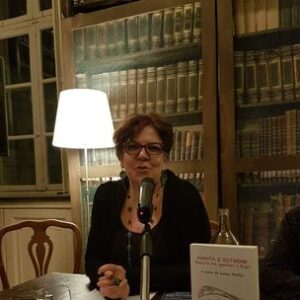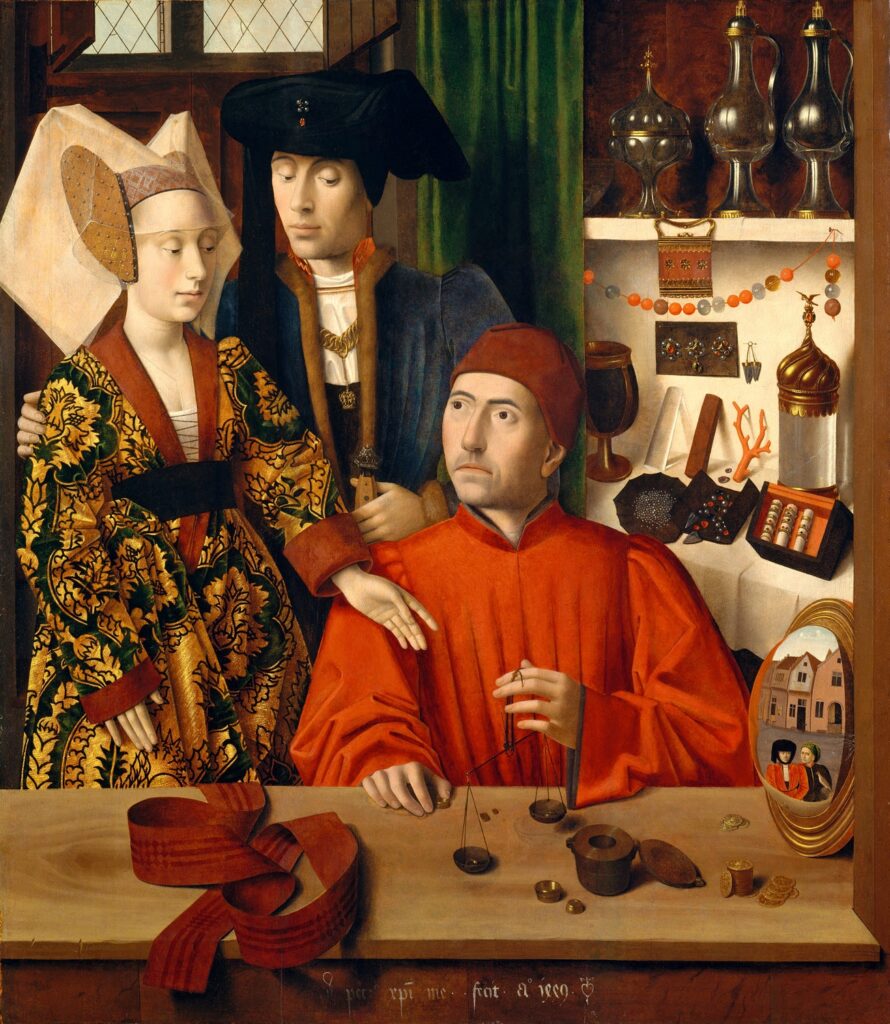 In a book, written in 2010, entitled Il talento dell’impresa. L’impronta rinascimentale in dieci aziende italiane (Lanzone, Morace), some entrepreneurs speculate a revival of the artisanal workshop, indeed in the Renaissance style, hoping that from the creative flair could surge new strategies in order to re-launch the Made in Italy production.
In a book, written in 2010, entitled Il talento dell’impresa. L’impronta rinascimentale in dieci aziende italiane (Lanzone, Morace), some entrepreneurs speculate a revival of the artisanal workshop, indeed in the Renaissance style, hoping that from the creative flair could surge new strategies in order to re-launch the Made in Italy production.
I start focusing on some very meaningful words extrapolated from this statement: Workshop, Artisanship, Creativity.
A workshop is a symbolic place, where you can make things with your hands, in our imagery it’s a small, maybe a little cramped place, with busy people, strong smells that talk to us about what is being crafted. It’s a place where we can buy, but also have a quick word with the owners, that maybe we’ve known for a long time and that we trust.
It’s a place almost disappeared in our city’s centers, now gentrified, turned into a showcase for tourists.
Sometimes we find them in the suburbs often run by migrants, as in the case of the Chinese tailor’s shops, or else centers of gravity for a certain group of people, just as the bicycle repair shops which have become Cult locations in these recent years.
 |
| “Sant’Eligio nella bottega di un orefice”- 1449, Peter Christus , Metropolitan Museum, New York |
There, objects take shape through the touch of the hands… this is the meaning of the word “Artisanship”.
A word that evokes quality, uniqueness, passion, and in a globalized world where merchandise can travel more than people, all these characteristics are uncommon.
Handmade items, created with expertise, give satisfaction and convey peculiar meanings not only to the enjoyer but also to the crafter. Handmade objects talk about subjectivity: through their possession and use we create our style, our personal aesthetic. The English anthropologist Daniel Miller, who dealt with material culture, states that the relationship with objects is dialectical, they make us while we make and own them, the separation between subject and object does not exist (Miller 2013). They often become objects of love, symbols of liaisons or of precious bygone moments, so named “objects of the memory”, all the more invaluable since being created by a specific person (the artisan) and made by hand.
Unique objects, far from industrial production, that recall the word “creativity”, whose meaning is polysemantic. Creativity is a quality, a problem-solving strategy, a way to see the world.
Today talking about Artisanship means ever more talking about Art, the difference between the artisan and the artist, the true holder of creativity, is more and more blurred. The new artisans, those we are representing on this website, are creators of their own objects before being crafters. Their objects aren’t reproductions of fixed models, but rather expressions of their individuality and consequently creativity.
All this is the rediscovery of a world, the one of the handmade and of workshops, but also the creation of an “Art of the Making”, an extraordinary richness of practices, knowledge, and expertise that demand to be valorized.
That’s the way to fight uniformity, through objects that talk about their crafters and owners.
BIBLIOGRAPHY
Lanzone, G., Morace, F.,2010, a cura di, Il talento dell’impresa. L’impronta rinascimentale in dieci aziende italiane, Busto Arstizio, Nomos Edizioni.
